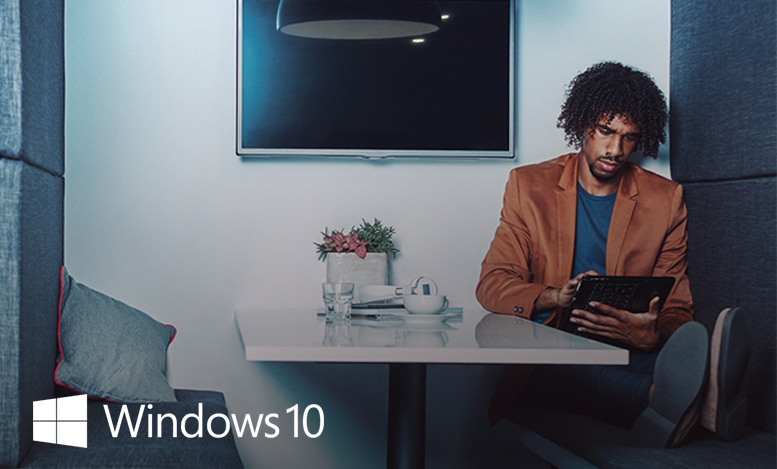Today is a different, more modern workforce landscape for small and mid-size businesses; employees are working together more often, with 50% of their time dedicated to collaborative activities. They are also on the move—37% of the global workforce is mobile. And don’t forget about ever-evolving security threats that affect every organization—big and small. In fact, 50% of small businesses have suffered either a data breach or a cyberattack.
As the modern workforce landscape continually changes, you may find your organization is paying unexpected costs for your outdated devices. For one thing, you have maintenance. A PC that’s between four to five years old costs $1,700 a year in repairs on average. And even when that PC is functioning at 100%, it’s long past its performance prime, running 2.5x slower than today’s devices. Plus, mobile devices of five years ago sport battery life that’s 3x shorter than that of modern devices based on internal research done by Microsoft.
These older devices can only run about five applications simultaneously without performance degradation; newer machines are running eight or more. And although limited performance doesn’t have a line-by-line cost associated with it, you have to think of what that is costing an employee’s productivity, which according to Microsoft, is a 2.1x increase in lost productivity… an average of $1,260 in hours. Even more costly is a cyberattack, enabled by out of date operating systems that rely on third-party security programs. On average, a malware attack can cost a company more than $84,000.
While I know it is a large cost to update your entire fleet of devices, that’s an upfront cost that can save you thousands in the long run. Upgrading to modern Windows 10 Pro devices, for example, will better equip your employees for the challenges of today, as well as better protect your data, devices, and organization from security threats.
Windows 10 Pro devices are tailor-made for productivity. The hardware now has 2.5x better performance than older models, showcasing multi-tasking which is 65% faster.1 With Windows 10, you get features like Snap Assist, which allows users to work from four windows simultaneously placed on the desktop—a boon for productivity. Throw in Virtual Desktops, and they’ll be able to switch between multiple workspaces, enabling better task organization.
When it comes to protecting your business, you’ll be better prepared for current and future threats with security built into both the hardware and the OS. Features in Windows 10, such as Windows Hello, Windows Information Protection, Windows Defender, and BitLocker, along with virtualization, can lead to reduction in remediation for security issues and save costs on third-party software solutions.
When determining if it’s the right time to do a device refresh, think about competing organizations or empowering your employees to have the tools they need to succeed. Look at the security landscape—are outdated devices putting your business at risk? Remember that end of support for Windows 7 is January 14, 2020, and Windows 7 won’t run on 7th/8th Generation Intel powered devices. Then look at modern hardware: tablets, 2-in-1s, and ultra-slim laptops in a variety of price ranges from OEMs like HP, Dell, and Lenovo—all powered by Windows 10 Pro. How could you resist updating?
If you’re ready to begin a refresh of your organization’s device fleet, reach out to our experts. We’re ready to get you outfitted for the modern business landscape.
1Performance of 6th Gen Intel® Core™ processors in Windows 10 devices, based on measured SYSmark 2014, Comparisons based on Intel® Core™ i5-6200U vs. Intel® Core™ i5-520UM on Windows 10 PC

